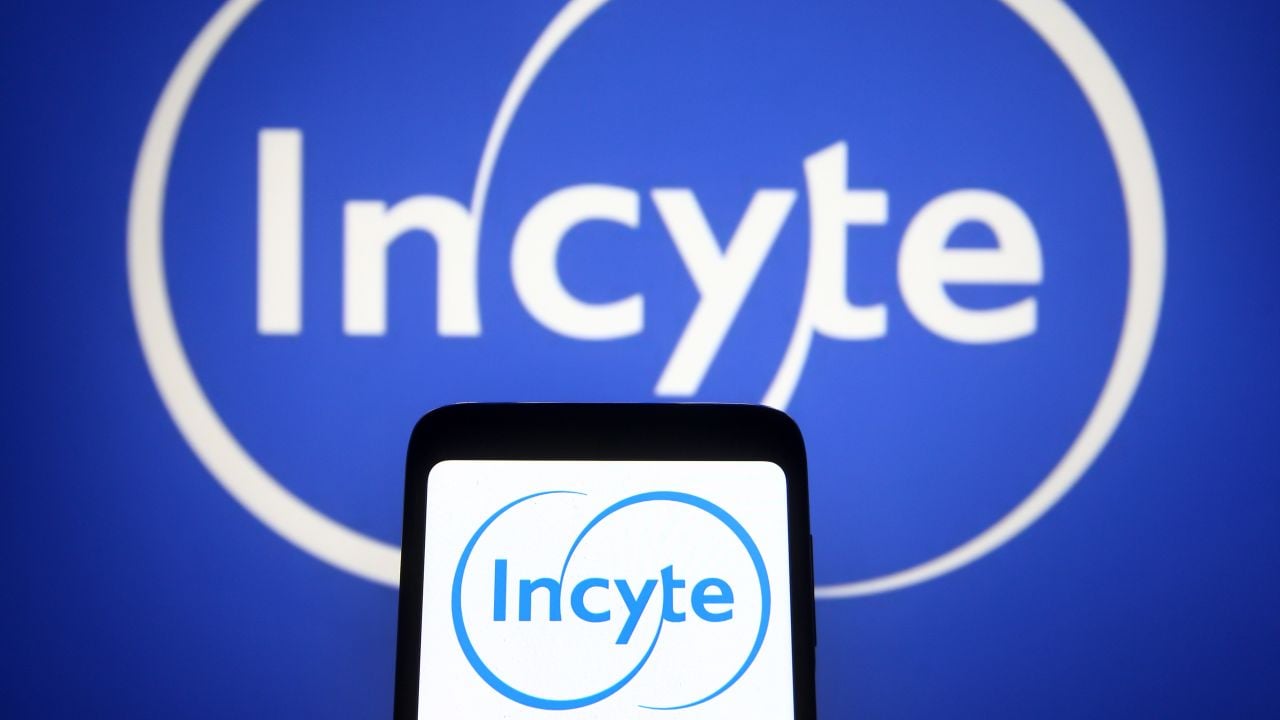The Cost of Eating Well: How Price Barriers Are Reshaping America’s Relationship with Healthy Food
Key Takeaways: Americans prioritize taste (83%) over cost (62%), healthiness (52%), and convenience (47%) when making food choices, though rising prices have made healthy eating more difficult for 69% of […]


Key Takeaways:
- Americans prioritize taste (83%) over cost (62%), healthiness (52%), and convenience (47%) when making food choices, though rising prices have made healthy eating more difficult for 69% of consumers, especially lower-income individuals.
- Only 21% of Americans describe their diets as extremely or very healthy, with better dietary health reported among those who cook at home regularly, have higher income/education, and possess greater nutritional knowledge.
- Significant disparities exist in access to healthy food, with White (70%), upper-income (79%), and suburban (69%) Americans reporting easier access compared to Black (53%), Hispanic (56%), lower-income (53%), and rural (57%) populations.
Americans want to eat healthy, but grocery prices are getting in the way, according to new data from Pew Research Center. The survey of more than 5,000 U.S. adults explores evolving attitudes toward healthy eating, food priorities, and purchasing behaviors.
Taste and cost take priority
When deciding what to eat, a decisive 83% of U.S. adults consider taste extremely or very important when making food choices, ranking it higher than cost (62%), healthiness (52%), or convenience (47%). This hierarchy of priorities remains consistent across demographic groups. Even among those who seek healthy foods, taste remains the dominant consideration.
Rising food prices have created significant challenges for consumers striving to eat healthier. Nine in 10 respondents say healthy food has become more expensive in recent years, and 69% report that these price increases have made it more difficult to maintain a healthy diet.
The economic burden falls disproportionately on lower-income Americans — 46% of lower-income adults say increased costs make it “a lot more difficult” to eat healthy, compared to just 15% of upper-income adults. And 75% of lower-income Americans consider cost highly important when making food choices, compared to 39% of upper-income consumers.
Other key takeaways from the report include:
- Diet healthfulness: About 59% of Americans describe their diet as somewhat healthy, while only 21% rate their diet as “extremely” or “very” healthy. One-fifth acknowledge their diets are not too healthy or not at all healthy. Older, higher-income, and more educated Americans report healthier diets.
- At-home cooking: Nearly nine in 10 (88%) respondents eat home-cooked meals at least a few times a week. Among those who eat home-cooked meals daily, 29% describe their diets as very healthy, compared to just 12% who cook less frequently.
- Identifying healthy foods: Nearly half of Americans (49%) express high confidence in their ability to identify which foods are healthy for them. This confidence increases with education level — 60% of postgraduates report high confidence compared to 42% of those with a high school education or less.
- Confidence in nutritional knowledge: A third of consumers with greater confidence in their nutritional knowledge describe their diets as extremely or very healthy, while only 5% of those with low nutritional confidence report very healthy diets.
- Access to healthy food: While 65% of Americans say it’s easy to find healthy food close to where they live, significant disparities exist — 70% of White adults report easy access to healthy food vs. 53% of Black and 56% of Hispanic adults, 79% of upper-income adults say it’s easy to find healthy food near them vs. 53% of lower-income adults, and 65% of urban and 69% of suburban residents report easy access, compared to 57% of rural Americans.
Implications for food and beverage manufacturers
1. Prioritize taste while delivering nutrition
The data clearly shows that taste remains the primary driver of food choices across all demographic groups. Successful healthy products must deliver on flavor expectations first, with nutritional benefits as a supporting attribute. Consider investing in flavor technology and culinary expertise to ensure healthier formulations maintain appealing taste profiles.
2. Address the affordability gap
With 69% of Americans saying price increases make healthy eating more difficult, there’s a clear opportunity for manufacturers who can deliver nutritional value at more accessible price points.
Consider:
- Developing nutrient-dense products at mid-tier price points
- Offering value-sized packaging of healthier options
- Using more affordable nutritious ingredients that don’t compromise quality
3. Support the home cooking trend
With 88% of Americans cooking at home multiple times weekly and home cooks reporting healthier diets, food companies may benefit from developing products that facilitate nutritious home meal preparation, such as:
- Pre-prepped fresh ingredients that reduce cooking complexity
- Healthier meal starters with clean labels
- Ready-to-use healthy sauces, seasonings, and flavor enhancers
- Semi-prepared healthy options that reduce preparation time while allowing customization
4. Enhance nutritional education and transparency
Since those with higher nutritional knowledge report healthier diets, manufacturers should invest in clear communication about the nutritional benefits of their products:
- Develop clearer, more accessible nutritional labeling that highlights key benefits
- Create digital content that educates consumers about identifying healthy options
- Incorporate QR codes linking to detailed nutritional information and healthy recipes
- Avoid confusing health claims and prioritize straightforward communication
5. Address access disparities
With significant gaps in healthy food access across demographic groups and geographic areas, manufacturers should consider:
- Distribution strategies that target food deserts and underserved communities
- Shelf-stable healthy options that can reach areas with limited fresh food access
- Partnerships with online grocery services to expand delivery of healthy options
- Packaging innovations that extend shelf life while maintaining nutritional value
The Pew Research Center’s findings show that while consumers increasingly value health, they continue to prioritize taste and struggle with rising costs. For food and beverage manufacturers, success will come from developing products that deliver on multiple fronts — exceptional taste, nutritional benefits, affordability, and convenience.














































































































































![[Report] 2025 Productivity Benchmark Report](https://foodindustryexecutive.com/wp-content/uploads/2025/06/FIE_Sponsored_Resource_900x600_061625-150x150.png)

